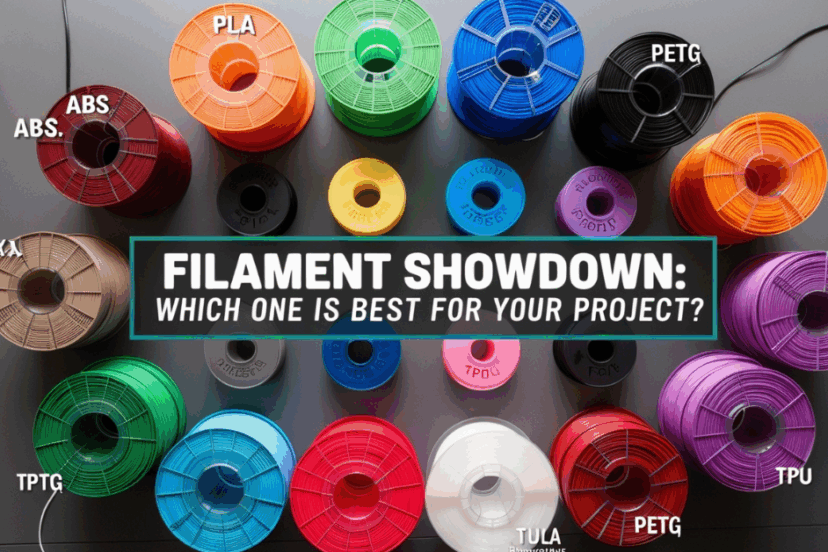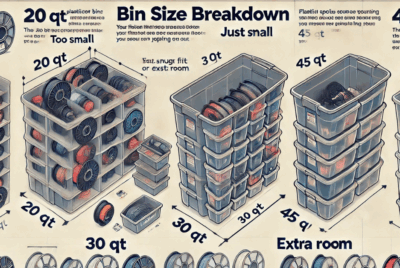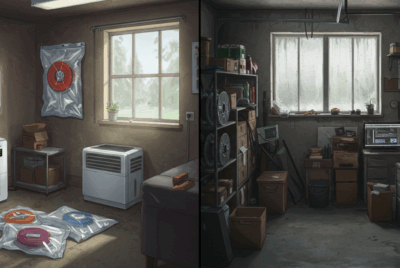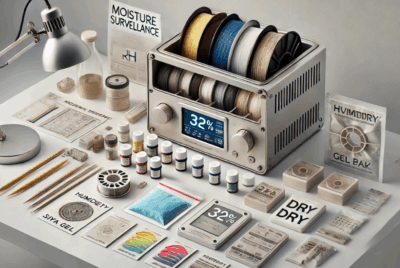What are the best filament types?
The best filament types for 3D printing depend on the specific needs of your projects, such as strength, flexibility, durability, ease of use, and environmental considerations. Here’s an overview of the most commonly used filament types and what makes them ideal for different applications:
1. PLA (Polylactic Acid)
- Why It’s Great:
- Ease of Use: PLA is one of the most popular and beginner-friendly filaments due to its low printing temperature (190°C-210°C) and excellent bed adhesion.
- Environmentally Friendly: Made from renewable resources like corn starch or sugarcane, PLA is biodegradable, making it an eco-friendly option.
- Wide Availability: PLA is widely available in various colors and finishes, including matte, glossy, and even wood or metal-infused variants.
- Best For:
- Prototyping: Ideal for quick prototypes or non-functional parts.
- Home Decor: Great for aesthetic prints like sculptures or figurines.
- Educational Projects: Easy to work with for classroom projects or beginner 3D printing.
- Limitations:
- Heat Sensitivity: PLA is not ideal for high-temperature environments (it can deform around 60°C), so it’s unsuitable for functional parts exposed to heat.
2. ABS (Acrylonitrile Butadiene Styrene)
- Why It’s Great:
- Strength and Durability: ABS is a tough, impact-resistant material that can withstand more wear and tear than PLA.
- Heat Resistance: It performs better than PLA in high-temperature environments, making it suitable for functional parts exposed to moderate heat.
- Post-Processing: ABS is easy to sand, paint, and smooth with acetone, which makes it ideal for creating professional-looking parts.
- Best For:
- Functional Parts: Mechanical components like gears, brackets, and tools.
- Automotive and Household Parts: Great for parts exposed to moderate heat.
- Limitations:
- Warping: ABS is prone to warping, especially without a heated bed or controlled environment. Using an enclosure is recommended.
- Fumes: ABS can emit unpleasant fumes during printing, so adequate ventilation is important.
3. PETG (Polyethylene Terephthalate Glycol)
- Why It’s Great:
- Strength and Flexibility: PETG offers a combination of strength and flexibility, making it a versatile filament for a range of applications.
- Chemical and Impact Resistance: PETG is highly resistant to impact and certain chemicals, making it durable for functional parts.
- Low Warping: Unlike ABS, PETG has minimal warping, making it easier to print, especially on larger prints.
- Best For:
- Functional and Mechanical Parts: Excellent for parts that need to be durable but flexible, such as phone cases, mechanical prototypes, or water-resistant parts.
- Food-safe Applications: PETG is considered safe for food contact in some cases, though it’s best to check with manufacturers.
- Limitations:
- Stringing: PETG can be prone to stringing, so fine-tuning your retraction settings is crucial.
- Surface Finish: The surface finish may be less smooth than PLA or ABS without additional post-processing.
4. TPU (Thermoplastic Polyurethane)
- Why It’s Great:
- Flexibility: TPU is a flexible filament, ideal for printing rubber-like parts such as phone cases, seals, and gaskets.
- Durability: It’s resistant to abrasion, oils, and chemicals, making it a great choice for functional, wear-resistant parts.
- Elasticity: TPU returns to its original shape after being stretched or deformed, which is ideal for parts that need to bend without breaking.
- Best For:
- Flexible Parts: Ideal for flexible prints such as custom phone cases, wearable items, or soft touch products.
- Automotive Seals: Great for parts that require flexibility and durability, such as seals or gaskets.
- Limitations:
- Difficult to Print: TPU is more challenging to print with compared to rigid filaments. It requires slower print speeds, a direct-drive extruder, and fine-tuning of retraction settings to prevent stringing.
- Warping on Large Prints: While less prone to warping than some filaments, TPU may still face challenges with larger prints.
5. Nylon
- Why It’s Great:
- High Strength and Durability: Nylon is a strong, tough filament ideal for making parts that need to endure stress and strain.
- Flexibility and Impact Resistance: Nylon’s high impact resistance and flexibility make it a great option for parts subject to wear and tear, like gears or hinges.
- Chemical Resistance: Nylon is resistant to oils, fuels, and chemicals, making it suitable for industrial applications.
- Best For:
- Functional Parts: Ideal for high-stress mechanical parts, automotive parts, and tools.
- Industrial Applications: Great for applications that require durability, impact resistance, and low friction.
- Limitations:
- Moisture Sensitivity: Nylon absorbs moisture easily, which can affect the print quality and cause issues like bubbling or poor adhesion. It requires proper storage in a dry box or vacuum-sealed bag.
- Difficult to Print: Nylon is challenging to print with due to its high printing temperature and moisture sensitivity, requiring careful temperature control and print settings.
6. HIPS (High Impact Polystyrene)
- Why It’s Great:
- Easy to Print: HIPS is an easy-to-print material, similar to ABS but with fewer issues like warping.
- Good for Support Material: HIPS dissolves in limonene, making it an excellent support material when printing with ABS, allowing for clean and easy removal of supports.
- Strength and Toughness: It is a tough material that is commonly used in the automotive and toy industries.
- Best For:
- Support Material: HIPS is often used as a support filament for ABS prints.
- Tough Parts: Ideal for durable, lightweight parts in products like toys or packaging.
- Limitations:
- Limited Availability: HIPS is less commonly used compared to other filaments like PLA or ABS.
- Requires Limonene for Support Removal: If used as a support material, you’ll need limonene to dissolve it.
7. PVA (Polyvinyl Alcohol)
- Why It’s Great:
- Water-Soluble Support Material: PVA is water-soluble and is often used as a support material for complex prints, especially when paired with dual extruders.
- Biodegradable: PVA is an eco-friendly, biodegradable filament.
- Best For:
- Support Structures: Excellent for use in dual extrusion systems to create support structures that can be dissolved in water, leaving the final print clean.
- Complex Geometries: Useful for prints with complex overhangs or intricate details that need easy-to-remove supports.
- Limitations:
- Requires Proper Storage: PVA is highly moisture-sensitive and must be stored in airtight containers to prevent degradation.
- Expensive: PVA tends to be more expensive than other filament types, which may limit its use for non-support-related applications.
8. ASA (Acrylonitrile Styrene Acrylate)
- Why It’s Great:
- UV and Weather Resistance: ASA is a UV-resistant filament, making it ideal for outdoor applications.
- Strength and Durability: Similar to ABS, ASA offers good strength and is resistant to chemicals and weathering.
- Best For:
- Outdoor Parts: Ideal for items like outdoor signs, automotive parts, or garden tools exposed to UV light.
- Limitations:
- Warpage: Like ABS, ASA is prone to warping, so a heated bed and enclosure are recommended.
Summary of the Best Filament Types:
- PLA: Best for beginners, prototyping, and decorative prints.
- ABS: Ideal for functional parts that need strength and heat resistance.
- PETG: Great for durable, functional parts with low warping.
- TPU: Perfect for flexible, rubber-like prints such as phone cases and gaskets.
- Nylon: Best for strong, durable, and chemically resistant parts.
- HIPS: Good for support material or tough parts.
- PVA: Excellent as a support material for dual extrusion systems.
- ASA: Best for outdoor prints requiring UV resistance and durability.
The best filament type for your project depends on the specific requirements, such as strength, flexibility, print ease, and environmental exposure.




